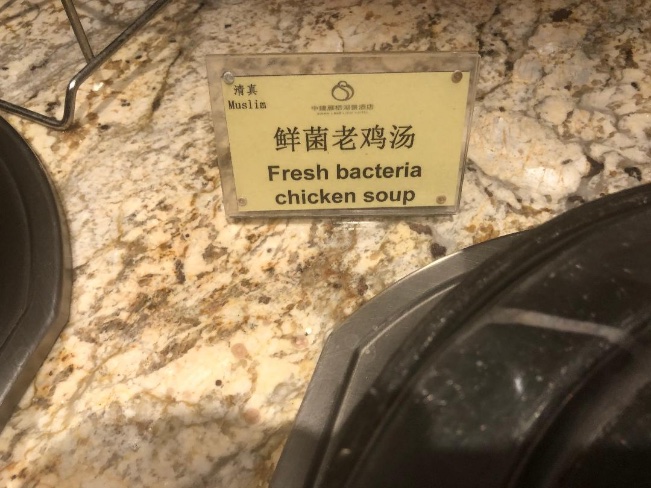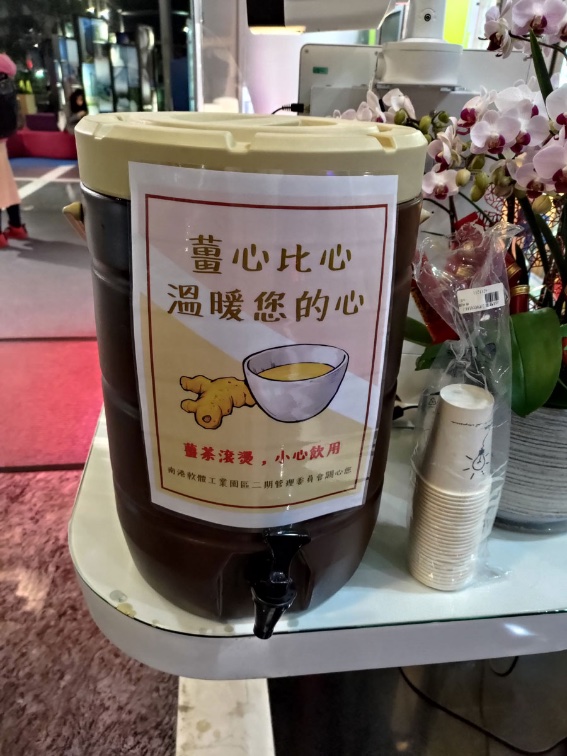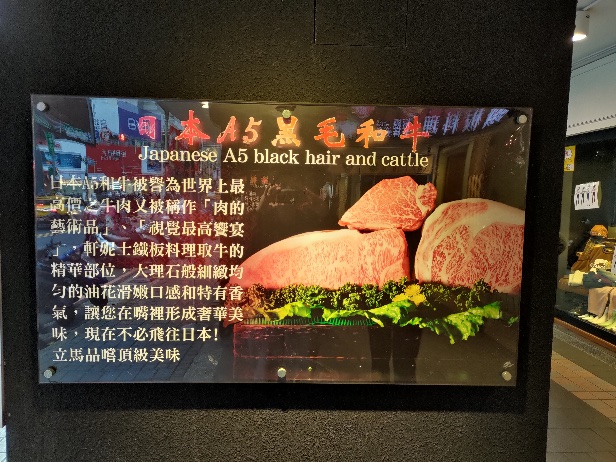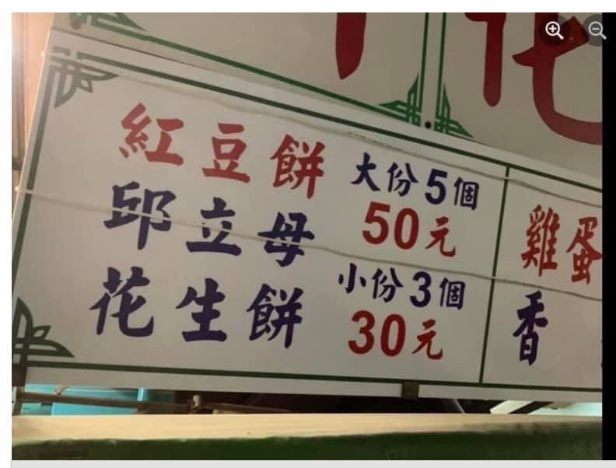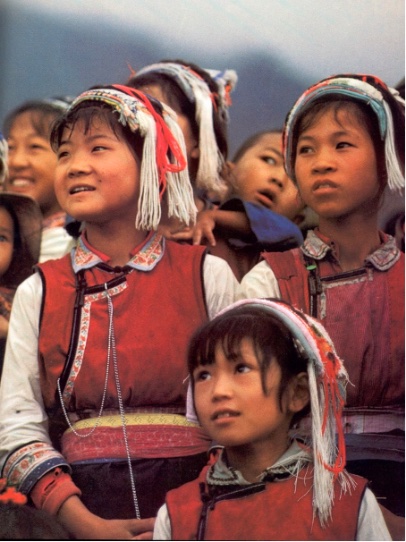Archive for Language and food
Patty Cake, Patty Cake
The story begins here — "Polished pan cake" (2/20/22) — which shows two dessert items on a menu. In Chinese, one is described as a guō bing 锅饼 (lit., "pot / pan cake / pie") and the other is called a jiānbing 煎饼 (lit., "fried cake / pie"), two different kinds of bǐng 饼.
In the English translations on the menu, those two different varieties of bǐng 饼 are respectively rendered as simply "cake" and "pan cake". I won't go into their fillings, since they have more or less been adequately covered in the earlier post.
We have the testimony of Charles Belov who ate one of the latter at the very same restaurant where the menu came from and declared that "pan cake" turned out to be a fried glutinous rice ball partially covered in granulated sugar. A commenter to the post stated, "My understanding of 饼 was always just 'it means round food'".
I wonder where / how he got that "understanding".
Read the rest of this entry »
P.O.S.H. tea in Chicago
From Miffy Zhang Linfei:
I went to Chicago over the weekend, and look what I found in a small European vintage shop named P.O.S.H.
Read the rest of this entry »
Ginger tea
[This is a guest post by Mark Swofford]
Those who have never lived in northern Taiwan during the winter may scoff at the idea that 11 °C (52 °F) can seem miserably cold. But cold it is here nevertheless, especially during a week of seemingly endless rain.
Read the rest of this entry »
Etymologizing and fantasizing: economy and relish
Figuring out the etymologies of words has always been one of my favorite things in life, almost as much as eating flavorful food. All the way back in second grade of primary school, my Mom gave me a Merriam-Webster dictionary, and I treasured it above all my other belongings because of its etymological notes. Much later, when The American Heritage Dictionary of the English Language became available, I was euphoric, since then I was able to trace words to their Indo-European and Semitic roots.
In between, though, I came up against the pseudo-science of Chinese character etymology, which should better be called "Chinese character construction". Despite almost universal misunderstanding to the contrary, Chinese characters have no direct connection to the sounds and meanings of words. If you want to analyze the history of the development of how individual Chinese characters acquired their shapes and sounds, all well and good, but that's a different matter from how the sounds and meanings of Chinese words evolved through time. Always and ever, I emphasize over and over the primacy of sounds for conveying meaning, the same as with all other living, spoken languages. The writing systems are only there as a makeshift, always catching up and inevitably imperfect means for recording the sounds of the languages.
Read the rest of this entry »
“Who Dey?”
You'll be hearing a lot of that Cincinnati Bengals chant today.
What does it mean? How did it originate?
To understand the meaning, you have to put it in the context of the whole chant:
"Who dey, who dey, who dey think gonna beat dem Bengals?" Fans then roar: "Nobody!"
So it's a rhetorical question.
Read the rest of this entry »
The cattle-keeping Bai of Yunnan
The province of Yunnan in the far south is home to more ethnic minorities and languages than any other part of China (25 out of 56 recognized groups, 38% of the population). The Bai are one of the more unusual groups among them.
Read the rest of this entry »
Greek and Latin in China
Stimulating, substantial article by Chang Che in SupChina (1/13/22): "China looks to the Western classics". Here are the first three paragraphs:
A block east of Tiananmen Square, in a classroom last July, Chinese school children were singing the nursery rhyme “Old McDonald Had a Farm” in Latin: “Donatus est agricola, Eia, Eia, Oh!” The students, aged 11 to 17, were taking an introductory Latin class with Leopold Leeb, a professor of literature at the prestigious Renmin University.
Every weekday during the summer, from nine a.m. to noon, Leeb holds a public class in a marble white church just a stone’s throw away from Beijing’s central government. On the day I attended, Leeb had given each student a Roman name. There was a Gaius, a Flavius, a Monica, and two sisters, Amata and Augusta. The sisters came from Changping, a two-and-a-half-hour train ride away. They sat in the front row and took naps during the 10-minute breaks.
Read the rest of this entry »
Death knell for Cantonese
Article in South China Morning Post (12/18/21):
My Hong Kong by Luisa Tam
Cantonese is far from dead. It lags Mandarin in the Chinese language league table for numbers, but its cult status will see it live on
Cantonese is a one-of-a-kind linguistic art form that’s quirkier and more edgy than Mandarin, nimble and ever-changing
Its long-term fate is in the hands of every Cantonese speaker and Cantonese-language enthusiast who is willing to continue to breathe new life into it
In this, her most recent article on the nature and fate of Cantonese, Luisa Tam, a favorite author of ours here at Language Log, is upbeat about the future of the language. I love Cantonese as much as she / anyone does, but I am less sanguine about what lies ahead for it than Luisa is. As I said several days ago during a faculty meeting at Penn, there's no one who is more passionate about about defending and promoting Cantonese than VHM. Why, then, am I so pessimistic about what is in store for this lively language?
Before I answer that question, let's see why Luisa Tam is so positive about Cantonese in the coming years. Here are some selections from her article:
Read the rest of this entry »


